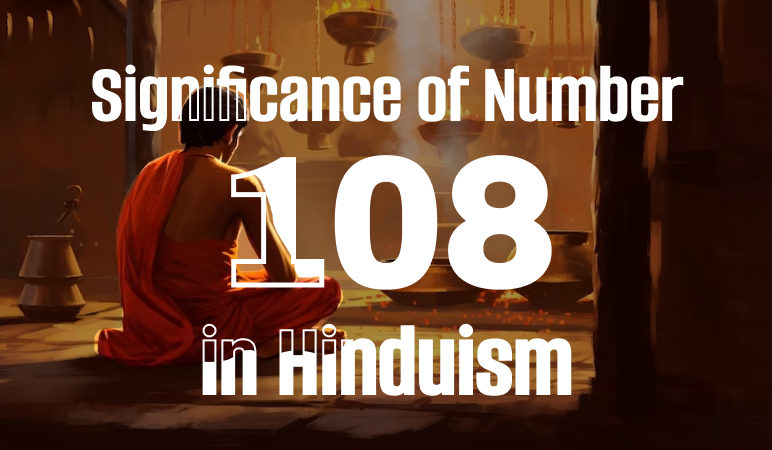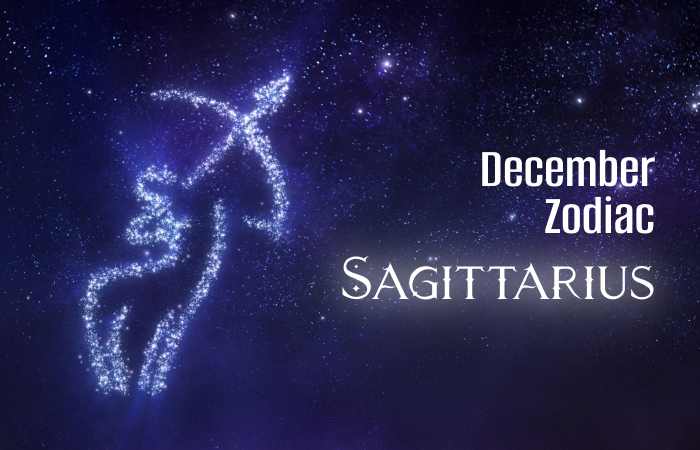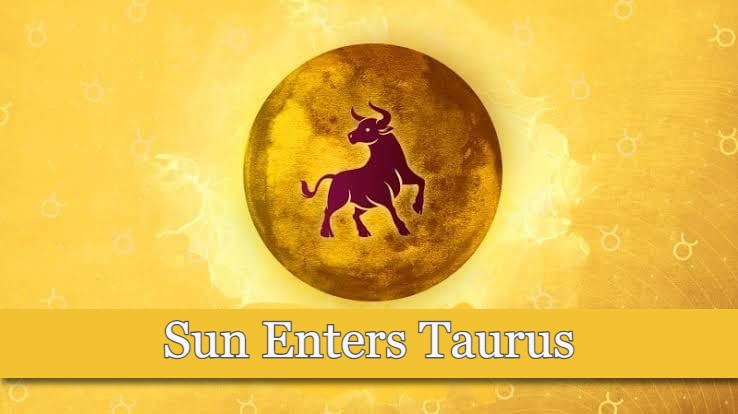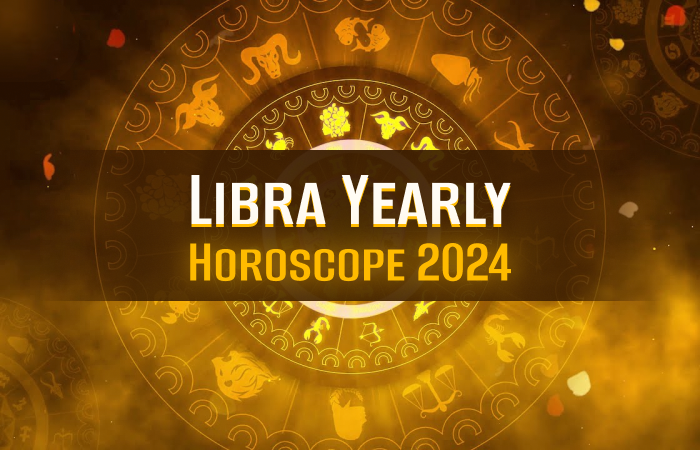Significance of Number 108 in Sanatan Hindu Belief!

We are told to chant a mantra 108 times or offer 108 flowers during puja, as the number is auspicious. People even perform the “Surya Namaskar” or “Sun Salutation” 108 times. Have you ever wondered what makes the number 108 so significant?
The number 108 is significant in Sanatan Hindu belief and culture. But not everyone knows the reason behind it. Let us decode the significance of the most mystic and auspicious number of all.
Spiritual Significance
In Hinduism, there’s a belief that our external world should mirror our inner spiritual journey. This is because, in the end, we realise that our inner self and the divine are interconnected. The number 108 holds special significance; it’s seen as the distance between our physical body and the divine presence within us.
According to Ayurveda, there are 108 marma points, which are vital points where our life forces flow. This is why many mantras are recited 108 times. Each repetition is like taking a step closer to connecting with our inner divinity. It’s a symbolic journey from our everyday self to our highest spiritual self, with each chant bringing us one step closer to the divine presence within.
Chanting mantras and prayers 108 times holds profound significance. It can lead to heightened concentration and focus, enabling us to transcend the material world and enter a realm beyond materialism. This practice brings us closer to establishing a deeper connection with the Brahmand, the ultimate consciousness, and takes us a step further towards spiritual liberation.
According to some beliefs, the number 1 symbolises God or the higher truth. The number 0 represents emptiness or completeness in the realm of spiritual practice. Finally, the number 8 is seen as a symbol of infinity and eternity.
108 Styles of Meditation
The number 108 holds special importance in meditation and yogic practices as well. There are believed to be 108 different meditation styles. In the practice of pranayama, which involves controlling the breath, reaching a state of calm where you only breathe 108 times a day is said to lead to enlightenment.
On average, a person breathes about 21,600 times a day. Half of these breaths, 10,800, happen during the day (solar energy), and the other half at night (lunar energy). Interestingly, 100 times 108 equals 10,800.
In Kriya yoga, a practice that involves specific techniques, it’s often recommended to perform a maximum of 108 repetitions in one session.
Hindus also believe that our bodies have seven energy centres called chakras, which start from the top of the head and go down to the base of the spine. The heart chakra, located in the centre of the chest, is associated with love and transformation. It’s thought to have 108 energy lines, known as Nadi, converging to create this energy centre. Opening the heart chakra is believed to bring joy and compassion.
Cosmos and 108
Galileo once remarked, “Mathematics is the language in which God has written the universe.” The number 108 is intricately woven into this mathematical language.
Consider these cosmic phenomena: the sun’s diameter is roughly 108 times that of Earth, the distance from the Earth to the sun is 108 times the sun’s diameter, and the distance between the Earth and the moon is 108 times the moon’s diameter.
The Vedic sages had a profound understanding of these celestial ratios long before modern mathematical formulas were developed. While knowledge of celestial movements served various practical purposes, it held particular importance in the realm of astrology. In Vedic times, astrology was regarded as a profound science used by Sanatan Hindu sages to guide kings in their decision-making. It also helped in comprehending an individual’s karma and in matching couples for marriage.
Vedic astrology involves tracking the movements of nine planets through 12 houses (12 multiplied by nine equals 108) and recognising 27 constellations distributed across four directions (27 multiplied by four equals 108). This number, 108, is embedded in the very fabric of the universe and plays a significant role in Vedic astrology.
What Do Our Texts Say About 108?
In Hinduism, there are 108 Upanishads, which are revered as the ancient sages’ sacred texts of wisdom. However, there are more than 108 Upanishadas, as per Vedic studies scholars.
In the Sanskrit alphabet, there are 54 letters, and each of these letters possesses both a feminine (Shakti) and a masculine (Shiva) quality. When you multiply 54 by 2, you get the number 108, which is significant in various aspects of Hindu philosophy and practice.
108 is Significant in Other Branches of Sanatan Hindu Belief
The concept of 108 is associated with Sanatan culture and all the religions that are rooted in Sanatan Hindu beliefs, like Buddhism, Jainism, Sikhism, etc.
In Buddhism, there’s a concept of 108 earthly desires, 108 lies, and 108 delusions of the mind. This demonstrates that the significance of the number 108 extends beyond religious beliefs. It’s not limited to spirituality but also appears in the natural world and various aspects of Eastern philosophies.
In the Jain religion, the number 108 encompasses the combined virtues of five categories of holy individuals. These categories represent 12, 8, 36, 25, and 27 virtues, each contributing to the holistic understanding of spiritual virtues within the Jain tradition.
The Sikh tradition has a mala of 108 knots tied to a string of wool rather than beads.
Now that you know how auspicious 108 is, try incorporating it into your life. You can gain immensely from having even the smallest association with divinity.
To know more about the fascinating significance of any other number or what greatness or wrath any particular number holds for you, you can always speak to expert astrologers and pundits at NamoAstro.
Frequently Asked Questions
Q: How can I incorporate the significance of 108 into my life?
A: You can use 108 as a reminder of unity, wholeness, and spiritual growth. You might incorporate it into your meditation or yoga practice or use a 108-bead mala for mantra repetition. In order to know more, you can speak to an expert astrologer or pundit at NamoAstro.
Q: Can you provide examples of mantras associated with 108 in meditation or yoga practices?
A: Mantras like “Om” or “Om Namah Shivaya” are often repeated 108 times during meditation or prayer. However, almost all mantras can be chanted 108 times, usually advised by astrology and spiritual experts. If you have time constraints, you can always consult an astrologer or a spiritual guru for guidance.









